

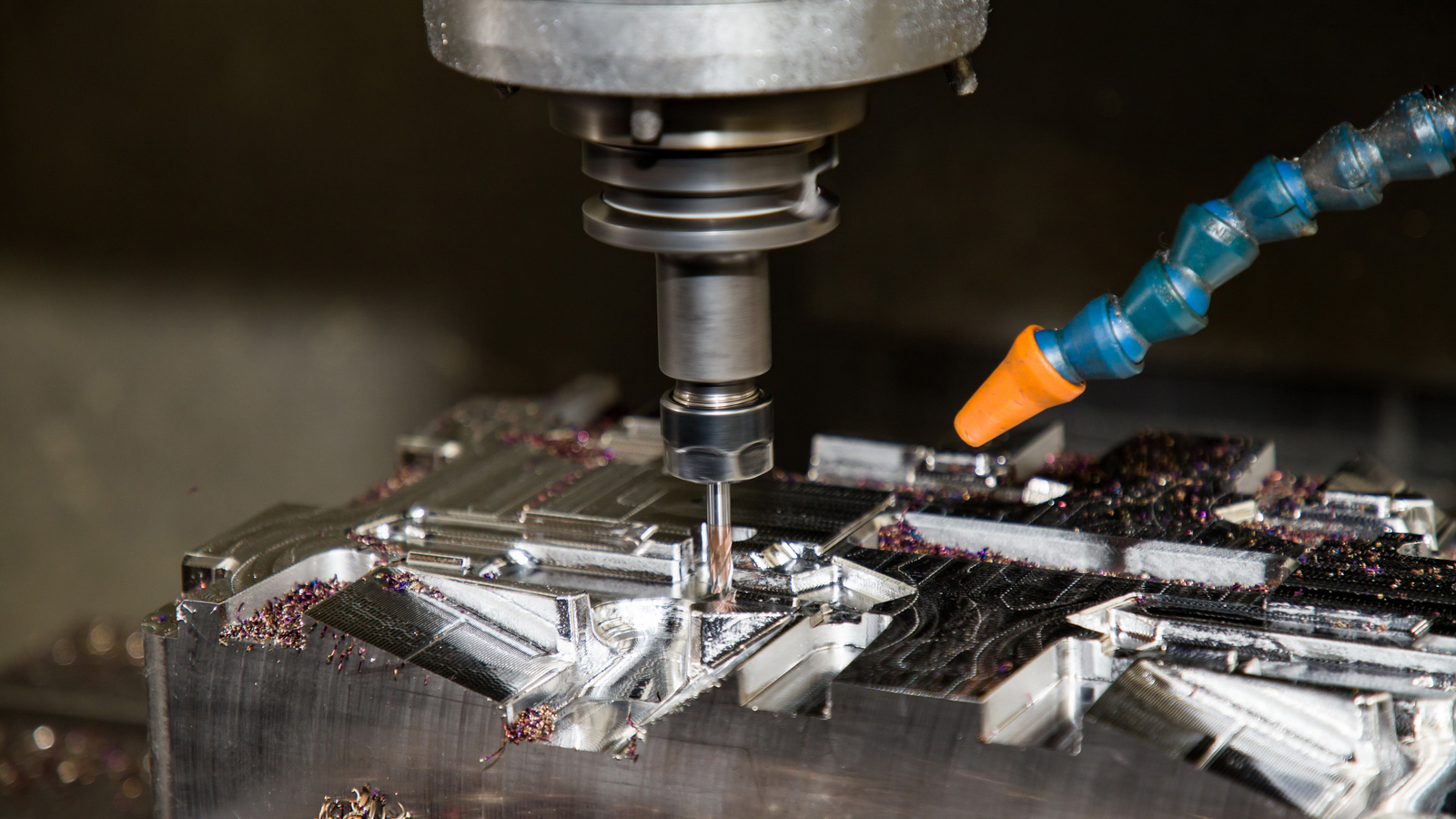

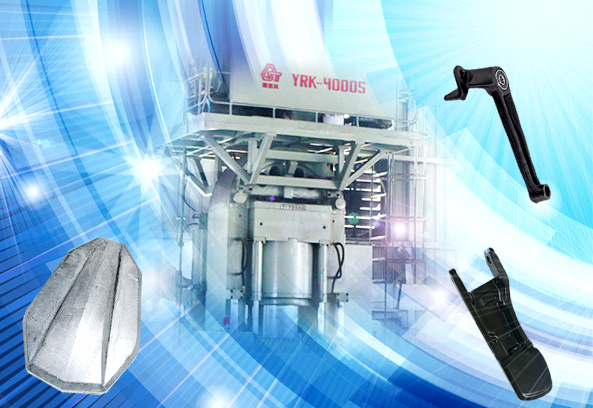
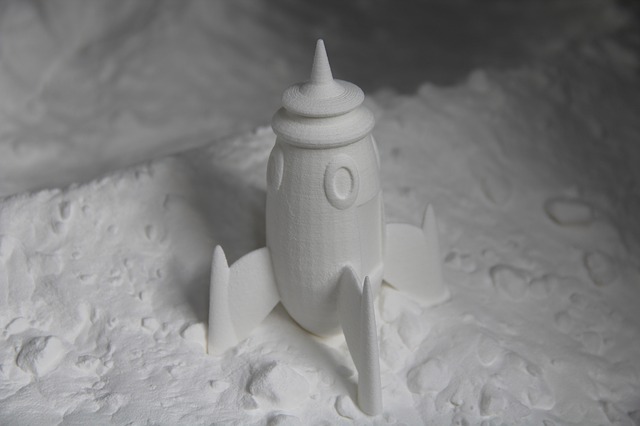
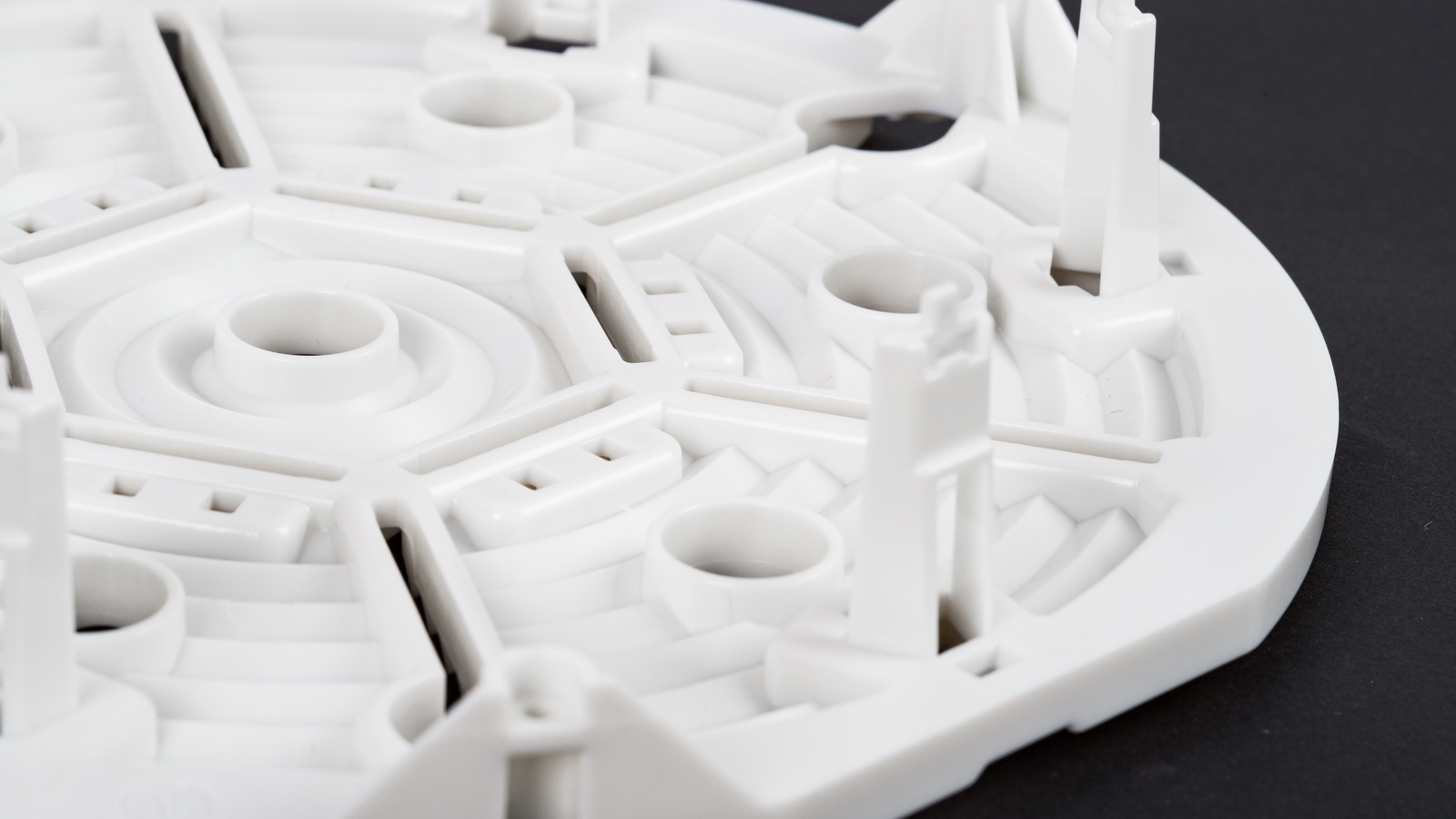
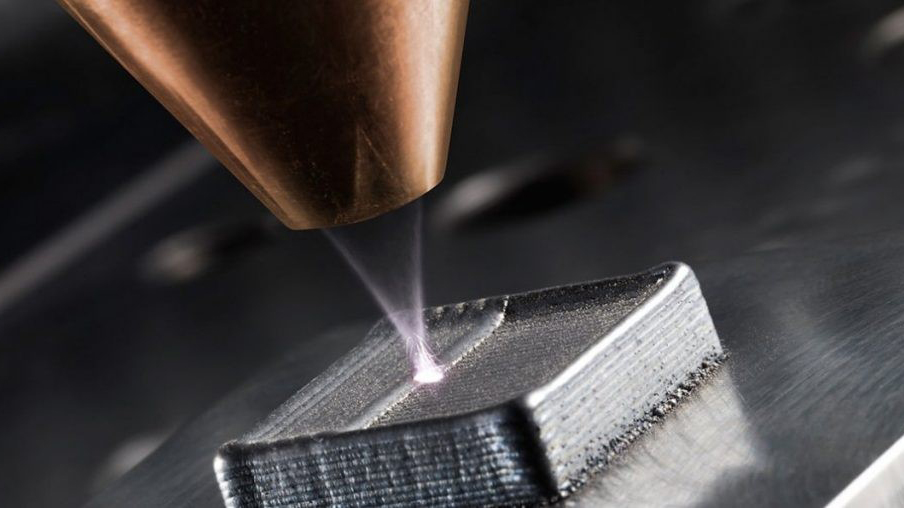


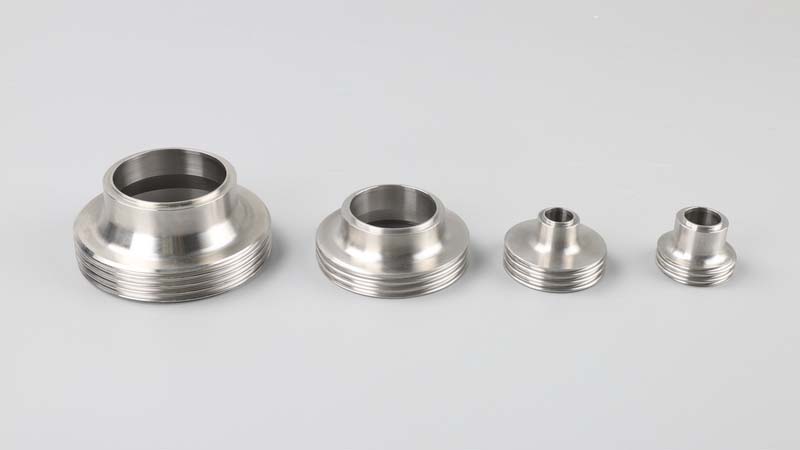
Injection Tooling: A Detailed Overview
1. Executive Summary
Injection Tooling refers to the high-precision,
custom-built tool—most commonly called a mold (in the US) or tool (in Europe)—used in the injection molding
process. It is the engineered system that gives molten plastic its shape,
cooling it into a solid, functional part. The mold is the single most critical
and expensive element in the injection molding workflow, representing a
significant capital investment. Its design and construction directly determine
the part's quality, dimensional accuracy, production efficiency, and ultimate
cost.
2. Core Components of an Injection Mold
A standard
injection mold is a complex assembly of several key components, typically
categorized into the "A Side" and "B Side."
A-Side (Cavity Side / Fixed
Half):
B-Side (Core Side / Moving
Half):
Major Mold Components:
|
Component |
Description & Function |
|
Core & Cavity |
The master forms that create the part's
geometry. The cavity forms the
part's outer surface; the core forms the inner surface. |
|
Mold Base |
A standardized frame that holds all the
custom-machined components. It is typically purchased as a pre-made unit,
saving cost and time. It includes plates like the "A"
and "B" plates. |
|
Sprue Bushing |
A hardened steel nozzle that connects the
mold to the injection molding machine's nozzle, channeling molten plastic
into the mold. |
|
Runner System |
The network of channels that carries molten
plastic from the sprue to the part cavities. |
|
Gates |
The small, controlled entrance points from
the runner into the part cavity. Gate design is critical for controlling
plastic flow and part quality. |
|
Ejection System |
The mechanism that pushes the cooled part
off the core after the mold opens. It includes: |
|
Cooling (Temperature Control) System |
A series of channels drilled through the
mold plates and core/cavity blocks. Circulating water or oil through these
channels controls the mold temperature, which is vital for cycle time and
part quality. |
|
Venting |
Very shallow channels (often only 0.01-0.03
mm deep) cut into the mold to allow trapped air to escape during injection,
preventing defects like burns or short shots. |
|
Guide Pins/Bushings |
Precision components that ensure the two
halves of the mold align perfectly each time they close. |
3. Types of Injection Molds
Molds are
classified based on their construction and the type of runner system they use.
A. By Runner System:
|
Type |
Description |
Pros & Cons |
|
Two-Plate Mold |
The simplest and most common type. The
runner system and parts are on the same parting line and are ejected
together. |
Pros: Simple design,
lower cost. |
|
Three-Plate Mold |
Features two parting lines. One opens to
eject the runner system, and a second opens to eject the part. This allows
the gate to be located away from the part's edge. |
Pros: Automatic
degating (runners separate from parts), gates can be placed at optimal
locations. |
|
Hot Runner Mold |
The runner system is heated and remains in
a separate, heated manifold plate, so the plastic within it stays molten. No
runner is ejected. |
Pros: No scrap
runners, faster cycle times, fully automated. |
B. By Production Volume &
Material:
|
Type |
Typical Material |
Mold Life |
Application |
|
Prototype / Soft Tooling |
Aluminum, mild steel, 3D
printed metal/epoxy. |
1 - 10,000 shots |
Low-volume production, prototyping, and
market testing. Faster and cheaper to build. |
|
Production / Hard Tooling |
Hardened Steel (e.g., P20,
H13, S7). |
1,000,000+ shots |
High-volume mass production. Highly
wear-resistant but takes longer and costs more to build. |
4. Key Terminology in Mold Design & Manufacturing
|
Term |
Definition & Context |
|
Parting Line (PL) |
The visible line on the part where the two
mold halves meet. Its location is a critical design decision. |
|
Draft Angle |
A slight taper (typically 1°-3°) applied to
walls parallel to the mold opening direction. Essential for easy part
ejection. |
|
Shrinkage |
The reduction in volume of the plastic as
it cools. The mold must be built larger than the final
part dimension to compensate for the specific plastic's shrinkage rate. |
|
Undercut |
A feature on the part that prevents its
direct ejection from the mold (e.g., a side hole, a hook). Requires special
mold features. |
|
Lifter |
A component that moves at an angle to
release an undercut as the mold opens or during ejection. |
|
Slide (or Cam) |
A component that moves perpendicular to the
mold opening direction to form undercuts on the side of a part. |
|
Texture (EDM, Etching) |
The process of applying a surface finish
(e.g., leather grain, matte finish) to the mold cavity, often via Electrical
Discharge Machining (EDM) or chemical etching. |
|
Mold Flow Analysis |
Computer simulation software used during
the design phase to predict how the plastic will fill the mold, allowing
engineers to optimize gate location, cooling, and prevent defects. |
5. The Mold Lifecycle
Conclusion
Injection tooling is a sophisticated field of
engineering that blends precision machining, material science, and an intimate
understanding of polymer behavior. The quality of the tool directly dictates
the success of the entire production effort, making its design and construction
a critical phase in bringing a plastic product to market